Caraway Chronicles: 7 Ground Caraway Seeds Secrets That Will Spice Up Your Life (Literally)
Welcome, spice hunters and culinary adventurers! Today we’re diving deep into one of the most underappreciated yet flavor-packed spices on the shelf: ground caraway seeds. Whether you're a seasoned chef or just someone who refuses to eat bland food, this post is your golden ticket to unlocking a world of earthy, nutty, and slightly citrusy magic.
So grab your apron, sharpen your curiosity (and maybe your knives), and let’s get grinding — literally.
Table of Contents
- What Even *Is* Ground Caraway, Anyway?
- A Seed with History: From Ancient Remedies to Modern Kitchens
- Flavor Profile: What Does Ground Caraway Taste Like?
- 5 Game-Changing Cooking Tips Using Ground Caraway Seeds
- Storage Smarts: How to Keep Your Caraway Fresh & Flavorful
- No Caraway? No Problem: Tasty Substitutes to Try
- Health Perks: Why Caraway Is More Than Just Flavor
- Myth-Busting: Common Misconceptions About Ground Caraway
What Even *IS* Ground Caraway, Anyway?
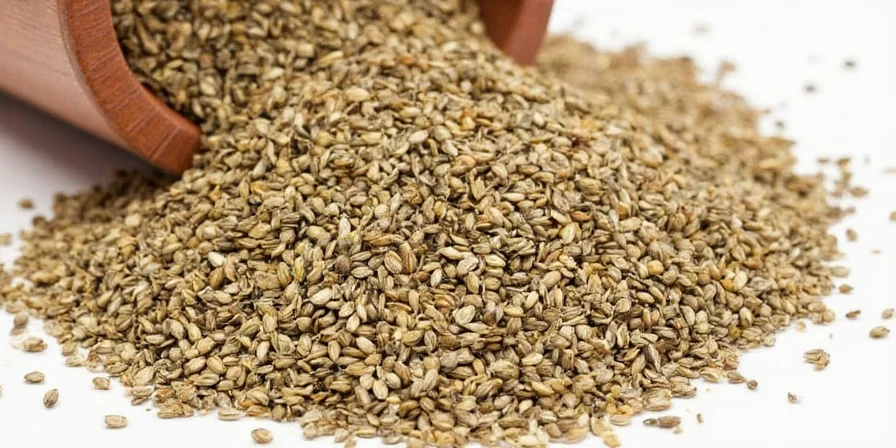
Let’s start at the beginning. Ground caraway seeds are simply dried caraway seeds that have been milled into a fine powder. The seeds themselves come from the Carum carvi plant, a member of the parsley family. Native to Europe and Western Asia, caraway has been used for thousands of years in both cooking and medicine.
| Whole Caraway Seeds | Ground Caraway |
|---|---|
| Rough texture, great for infusing | Smooth powder, perfect for blending |
| Bold aroma when toasted | More subtle scent once powdered |
| Better for pickling and baking | Ideal for soups, stews, and spice rubs |
A Seed with History: From Ancient Remedies to Modern Kitchens
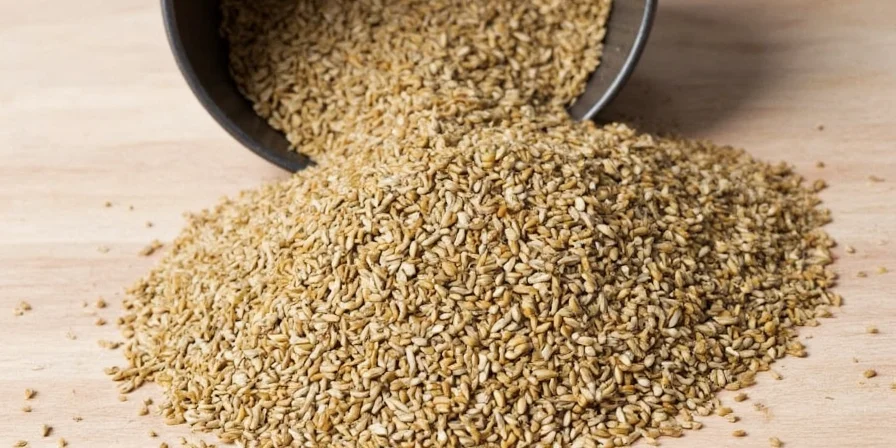
Did you know caraway was found in Egyptian tombs? That’s not because they wanted their mummies to smell good (though it might’ve helped). Historically, caraway was believed to have protective properties and was even used to ward off thieves during the Plague!
In medieval Europe, it was common to carry caraway roots or seeds as a charm against witchcraft. Fast forward to today, and it's more likely to be hiding in your rye bread or Indian curry than your lucky talisman bag — but its rich history still adds a sprinkle of magic to every dish.
Flavor Profile: What Does Ground Caraway Taste Like?
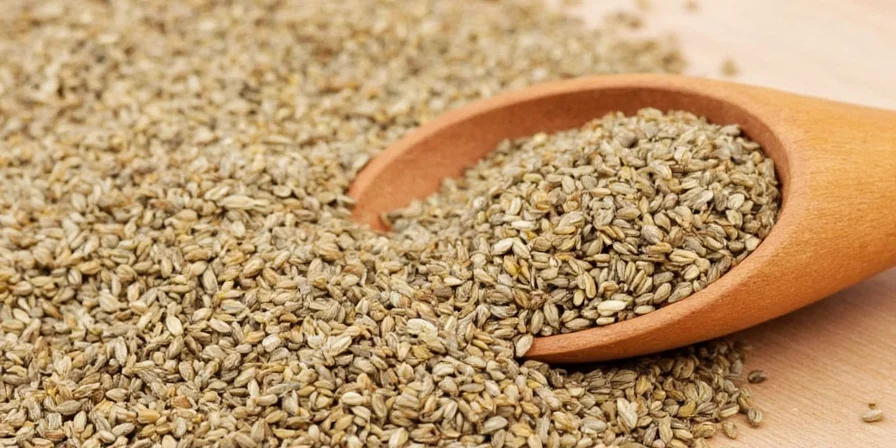
If caraway had a dating profile, it would describe itself as:
- Earthy: Think forest floor after rain
- Nutty: Like a warm hug from a walnut farm
- Slightly Citrusy: A whisper of lemon zest
- Mildly Sweet: Not sugar-sweet, but rounded like honey
- Peppery Finish: A gentle bite that lingers
It’s a bit like cumin and fennel had a baby, then sent it to culinary school with a minor in Old World traditions. Deliciously complex, never boring.
5 Game-Changing Cooking Tips Using Ground Caraway Seeds
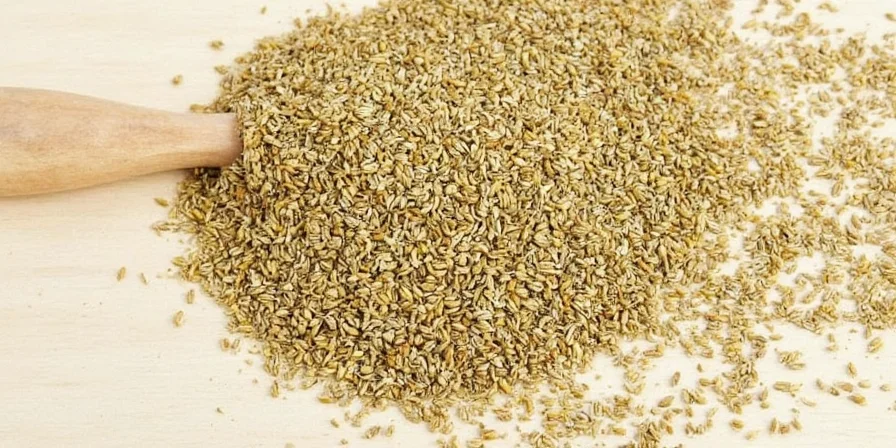
- Add It Early in the Cook: Since ground caraway isn’t volatile like black pepper, you can add it early in the cooking process without losing flavor. Perfect for slow-cooked dishes!
- Boost Your Bread Game: Rye bread wouldn’t be the same without it. Stir a teaspoon into your next loaf of sourdough or focaccia for an aromatic twist.
- Make a Killer Chicken Rub: Mix ground caraway with smoked paprika, garlic powder, salt, and olive oil for a rub that’ll make your chicken sing.
- Spice Up Stews and Curries: Especially effective in German, Middle Eastern, and North African dishes. Try adding a pinch to lentil stew or lamb curry.
- Pair with Apples or Pears: Yes, really! Ground caraway complements sweet fruits beautifully. Try it in apple pies, compotes, or poached pears for a fall-ready treat.
Storage Smarts: How to Keep Your Caraway Fresh & Flavorful
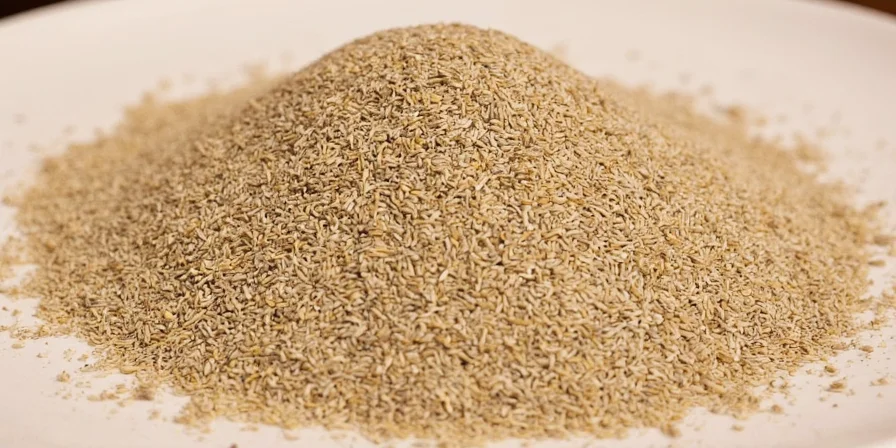
Ground caraway may not spoil quickly, but it sure does lose its spark if stored improperly. Here’s how to keep it singing:
- Airtight containers are your best friend
- Store in a cool, dark place — think pantry, not windowsill
- Avoid moisture like it’s your ex
- Label and date your spices so you don’t forget what’s what
- Replace every 6–12 months for maximum potency
No Caraway? No Problem: Tasty Substitutes to Try

We’ve all been there — mid-recipe panic when you realize you’re out of something essential. Here are some handy swaps:
| Substitute | Use In | Adjustment Needed |
|---|---|---|
| Cumin | Mediterranean or Middle Eastern dishes | Use half the amount; cumin is stronger |
| Fennel Seed (ground) | Italian sausages, fish dishes | Same amount; similar sweetness |
| Anise Seed (ground) | Desserts or baked goods | Use sparingly; licorice note is stronger |
| Dill Seed (ground) | Pickling or potato salads | Similar earthiness, less sweetness |
Health Perks: Why Caraway Is More Than Just Flavor
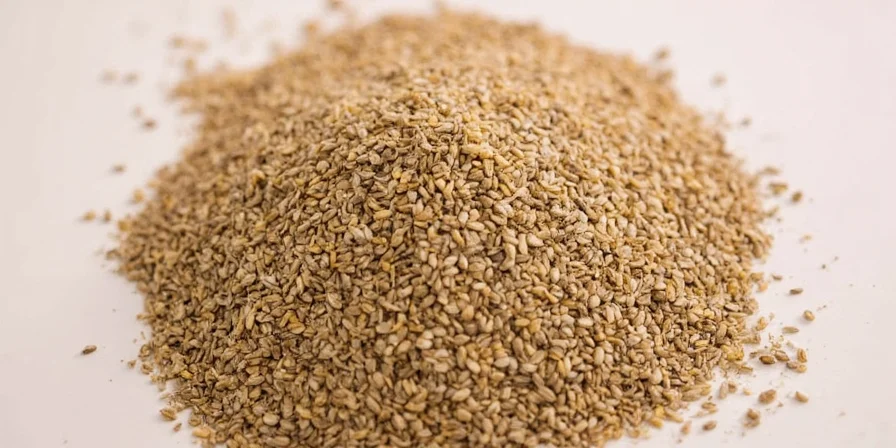
Turns out, grandma wasn’t wrong about everything. Caraway has some legit health benefits:
- Improves digestion: Helps reduce bloating and gas
- May support weight loss: Some studies suggest appetite-suppressing effects
- Antioxidant-rich: Fights free radicals like a tiny kitchen warrior
- Anti-inflammatory: Could help ease joint pain
- Lactation booster: Sometimes used by nursing mothers
Of course, talk to your doctor before using any spice for medicinal purposes — but feel free to enjoy it liberally in your meals!
Myth-Busting: Common Misconceptions About Ground Caraway
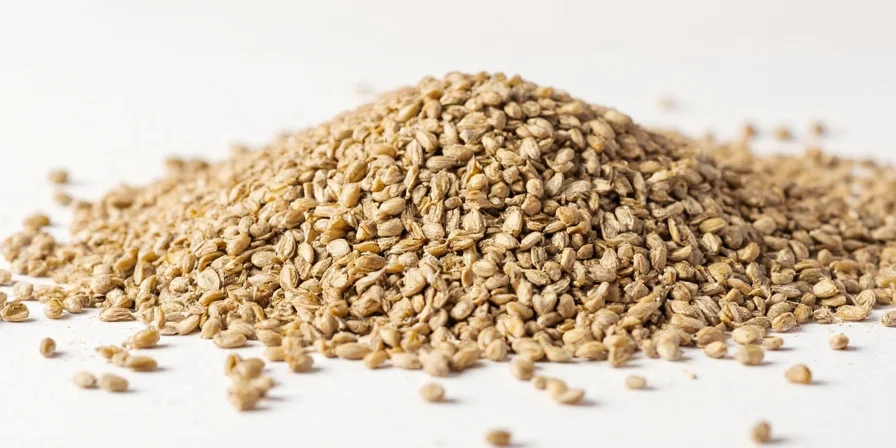
Let’s separate fact from fiction:
- Myth: “Caraway tastes exactly like cumin”
Truth: Nope! While they share similarities, caraway is sweeter and less intense. - Myth: “Only used in European cuisine”
Truth: Totally false. You'll find it in North African tagines, Indian curries, and even Mexican mole! - Myth: “If I buy it whole, I have to grind it myself”
Truth: Sure, you can — but pre-ground is totally fine for most recipes. Save the whole seeds for pickling or toasting. - Myth: “You need a lot of it to taste anything”
Truth: Ground caraway is potent — a little goes a long way. Start small and adjust up if needed.
Conclusion
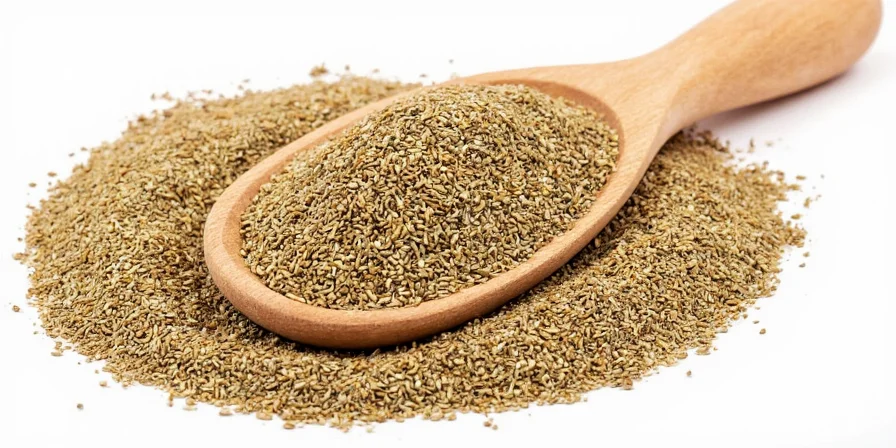
And there you have it — a whirlwind tour through the wonderful world of ground caraway seeds. Whether you're spicing up your stews, elevating your bread game, or just looking for new ways to impress dinner guests, caraway deserves a permanent spot in your spice drawer.
Remember: Don’t store it next to the stove. Don’t overuse it (unless you want your dish to taste like a Renaissance fair). And above all — don’t underestimate it. This humble seed has been around since ancient times for a reason.
Now go forth and spice boldly. The world needs more flavor — and fewer sad, flavorless meals.

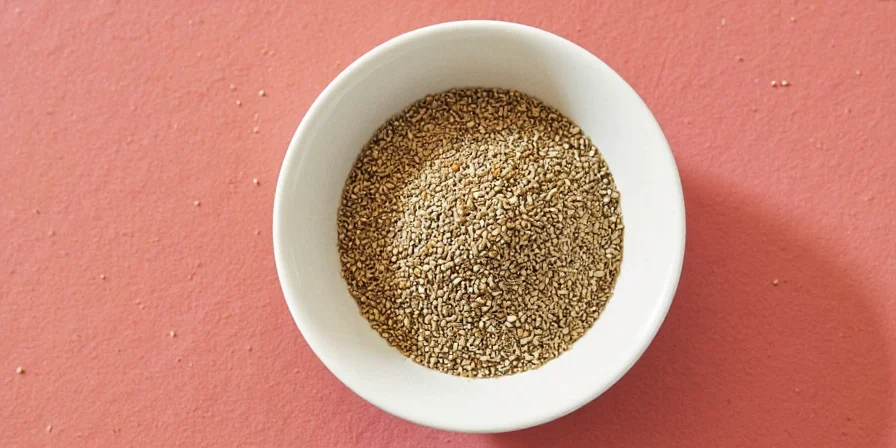









 浙公网安备
33010002000092号
浙公网安备
33010002000092号 浙B2-20120091-4
浙B2-20120091-4